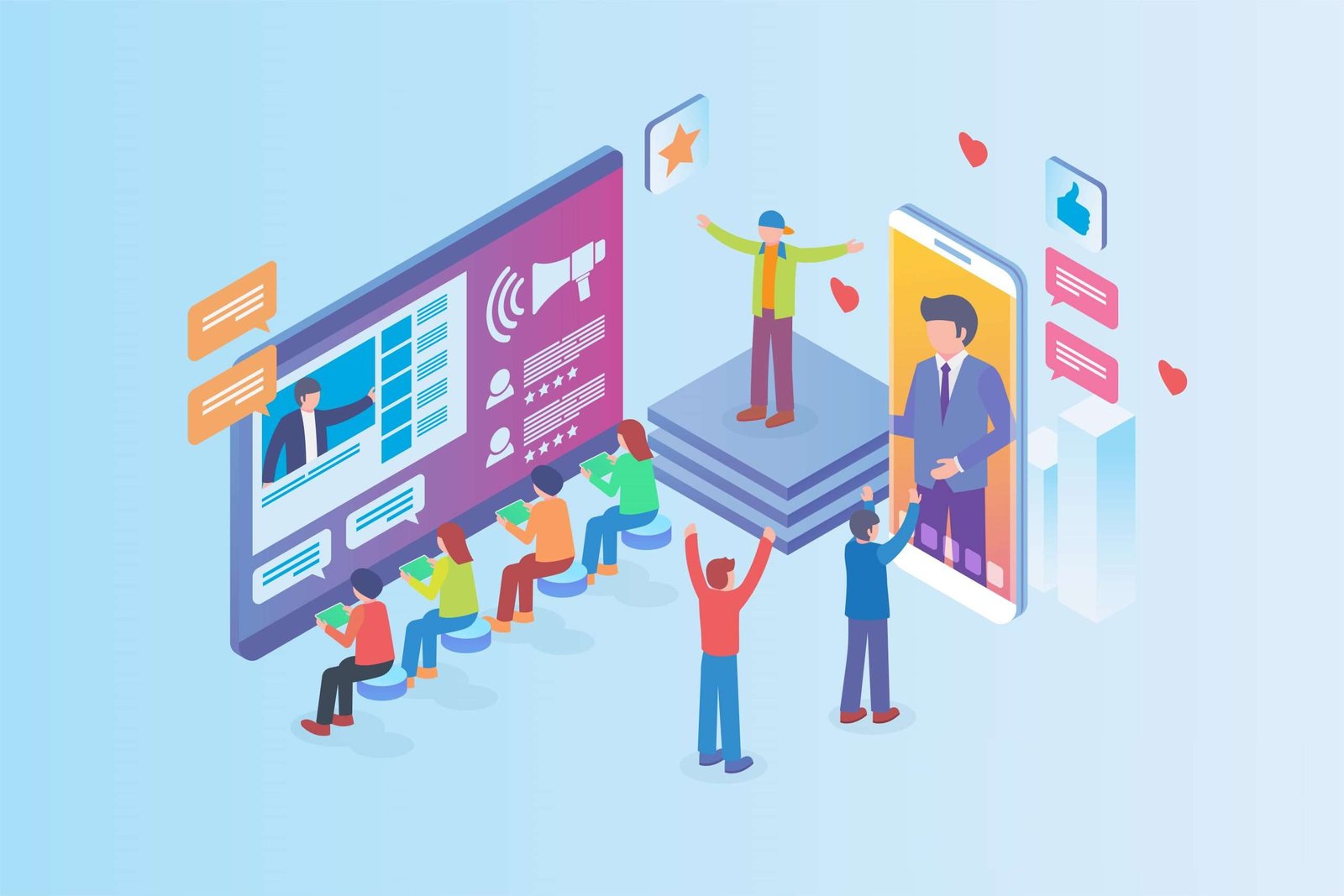The constant struggle to connect with the right audience can often feel like shouting into the void. Traditional advertising is saturated, consumer trust is dwindling, and digital engagement is no longer a luxury, it’s a necessity. As brands desperately seek meaningful engagement, one marketing method has silently taken center stage: influencer marketing. But managing influencers without the right tools is like trying to paint a masterpiece with your hands tied.
Enter influencer marketing software, a solution designed not just to simplify the process, but to elevate it. With the growing complexity of campaigns and rising expectations from both brands and consumers, investing in influencer management software has become more than just a trend, it’s a strategic necessity.
What Is Influencer Management Software
Influencer management software is a digital platform tailored to streamline the entire influencer collaboration lifecycle. From discovering the right creators to measuring how effectively their content performs, it acts as a command center for influencer campaigns.
This kind of software brings structure to chaos. It allows brands to pinpoint influencers using data-backed filters, coordinate content schedules, ensure budget compliance, and access real-time analytics. Instead of juggling spreadsheets and DMs, brands and marketers can centralize their efforts and maintain organized, efficient workflows.
Most importantly, the software ensures marketers don’t have to guess anymore. With detailed demographic insights, engagement statistics, and campaign ROI data, decisions are based on facts, not assumptions. For companies managing multiple influencers or large-scale campaigns, the software becomes not just helpful, but essential.
How Can Influencer Management Software Streamline Your Influencer Collaborations
The value of influencer management software lies in its ability to save time, reduce friction, and improve outcomes. Without such tools, influencer collaborations can be disjointed, mismanaged, and hard to measure.
Here’s how these platforms improve collaboration:
- Smarter Workflows
Everything from influencer discovery to final reporting is streamlined. Campaign managers can move through each step with clarity, matching influencers to brand goals, aligning content schedules, and monitoring progress without chaos. - Real-time Analytics
Metrics such as likes, shares, audience reach, and engagement rates are tracked live. This allows marketers to tweak campaigns mid-flight rather than waiting until it’s too late. - Clearer Communication
No more endless email threads or miscommunications. Everything, briefs, feedback, deadlines, can be handled in-platform. It’s direct, traceable, and efficient. - Budget Tracking
Spending is tracked per influencer and campaign. This reduces overspending and improves cost allocation. Every rupee spent is accounted for. - Legal and Compliance Monitoring
Brand guidelines and legal disclosures are easier to implement and enforce. Influencer marketing software can help ensure campaigns remain compliant with regulations. - Content Planning & Execution
Coordinated posting schedules ensure all content hits the right channels at the right time, maintaining brand voice and campaign consistency. - Audience Insight
Knowing who follows an influencer is just as important as knowing the influencer. The software provides demographic, geographic, and even psychographic data to ensure brand messages land where they’re meant to. - ROI Optimization
By identifying top-performing influencers and content types, brands can shift resources to maximize returns. This means better results with less guesswork.
The goal is simple: reduce manual labor and increase strategic impact. Influencer management software makes influencer marketing scalable and sustainable.
Why Invest In Influencer Marketing
Marketing is no longer about who shouts the loudest, but who connects best. Influencer marketing excels at creating that connection. The power lies in trust, followers believe their favorite content creators. That belief can lead to conversions far more effectively than traditional advertising.
Influencer marketing offers a fresh, organic way for brands to tap into niche markets. Influencers, with their deep audience understanding and creative prowess, help brands tell stories that feel authentic, not salesy.
Another benefit? Content. Influencers create visually appealing, platform-optimized material that doesn’t just promote but engages. This makes it more shareable and more memorable.
Plus, influencer marketing is relatively cost-effective. Many micro and nano influencers work with brands for products or modest fees. Despite the lower investment, the return can be significant, especially when the audience alignment is precise.
What makes it even better is the accessibility of performance tracking. When coupled with influencer marketing software, brands can see exactly what’s working, and what’s not, in real time.
Lastly, influencer marketing breaks barriers. It helps brands reach specific demographics or geographies that might be unreachable through traditional ads. Whether it’s Gen Z consumers in Tier-2 cities or a niche of tech-savvy entrepreneurs, influencers provide a gateway into communities that are otherwise hard to access.
Global Market and Stats of Influencer Marketing Software
The numbers speak volumes. In 2016, the influencer marketing platform market was valued at $1.7 billion. By 2020, that number jumped to $9.7 billion. The upward curve didn’t stop there, $13.8 billion in 2021, and $16.4 billion in 2022.
What’s driving this growth? Trust. Authenticity. And measurable results.
A whopping 93% of marketers have integrated influencer marketing platforms into their strategies, signaling a shift from traditional ads to personalized engagement.
But growth brings complexity. With more influencers and platforms, finding the right fit has become challenging. That’s where AI-powered influencer marketing software steps in. By analyzing real-time data, these platforms cut through the noise and help marketers discover high-performing influencers who truly align with their goals.
Projections suggest that by 2030, the influencer marketing platform industry will reach a market value of $143.10 billion, expanding at a CAGR of 33.4%. That growth isn’t just exponential, it’s transformational.
Conclusion
Navigating the influencer landscape without the right tools is like sailing without a compass. The sheer volume of creators, platforms, and metrics makes manual campaign management inefficient and unsustainable.
But with the help of influencer marketing software and influencer management software, brands gain clarity. They can measure, manage, and maximize influencer efforts with precision. From influencer identification to audience analysis, every step becomes guided by data, not guesswork.
Platforms like OnSocial, with features such as detailed audience data, real-time raw API access, influencer discovery filters, and audience overlap analysis, represent the next generation of marketing intelligence. These aren’t just tools, they’re strategic assets for anyone serious about digital influence.
As the industry surges toward a projected $143 billion valuation, the brands that thrive will be those who invest not only in influencers, but in the systems that power their performance.
The shift is here. The tools are available. And for brands ready to build meaningful, measurable connections, the opportunity is vast.
Related Reads
- Complete Guide to Resetting Dahua DVR/NVR Password Without Hassle
- Why Local Gems Beat Big Chains Every Time
- Looking for Strategic Management Assignment Help?
- Building a Leak-Free Future: How Expert Waterproofing Transforms UAE Properties
- Dental Crown Types Explained: Choosing the Right Fit for Your Smile



